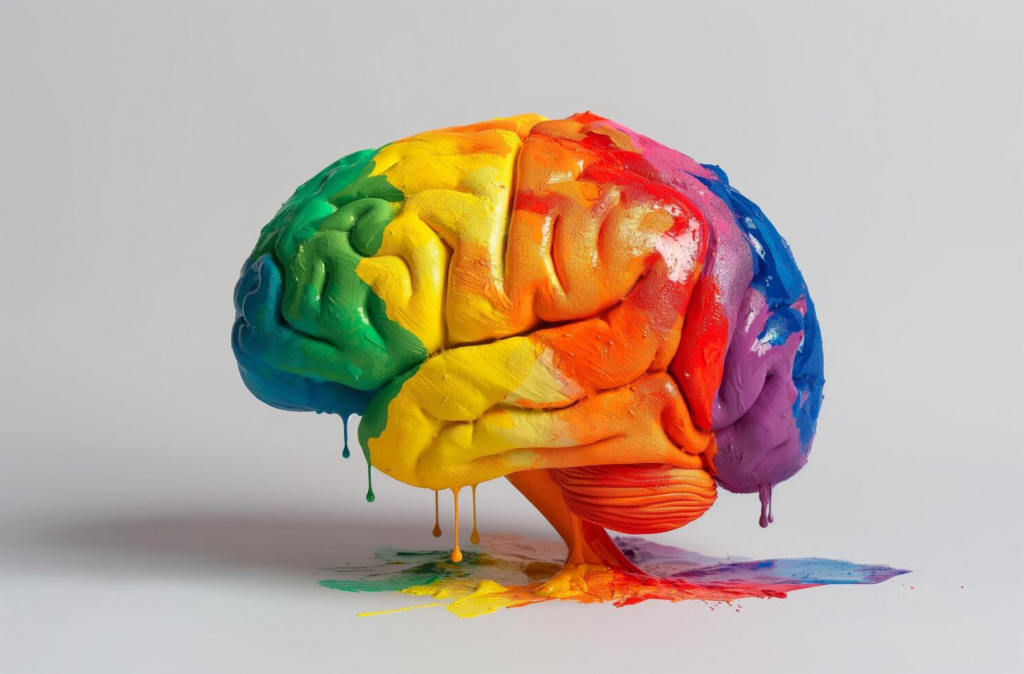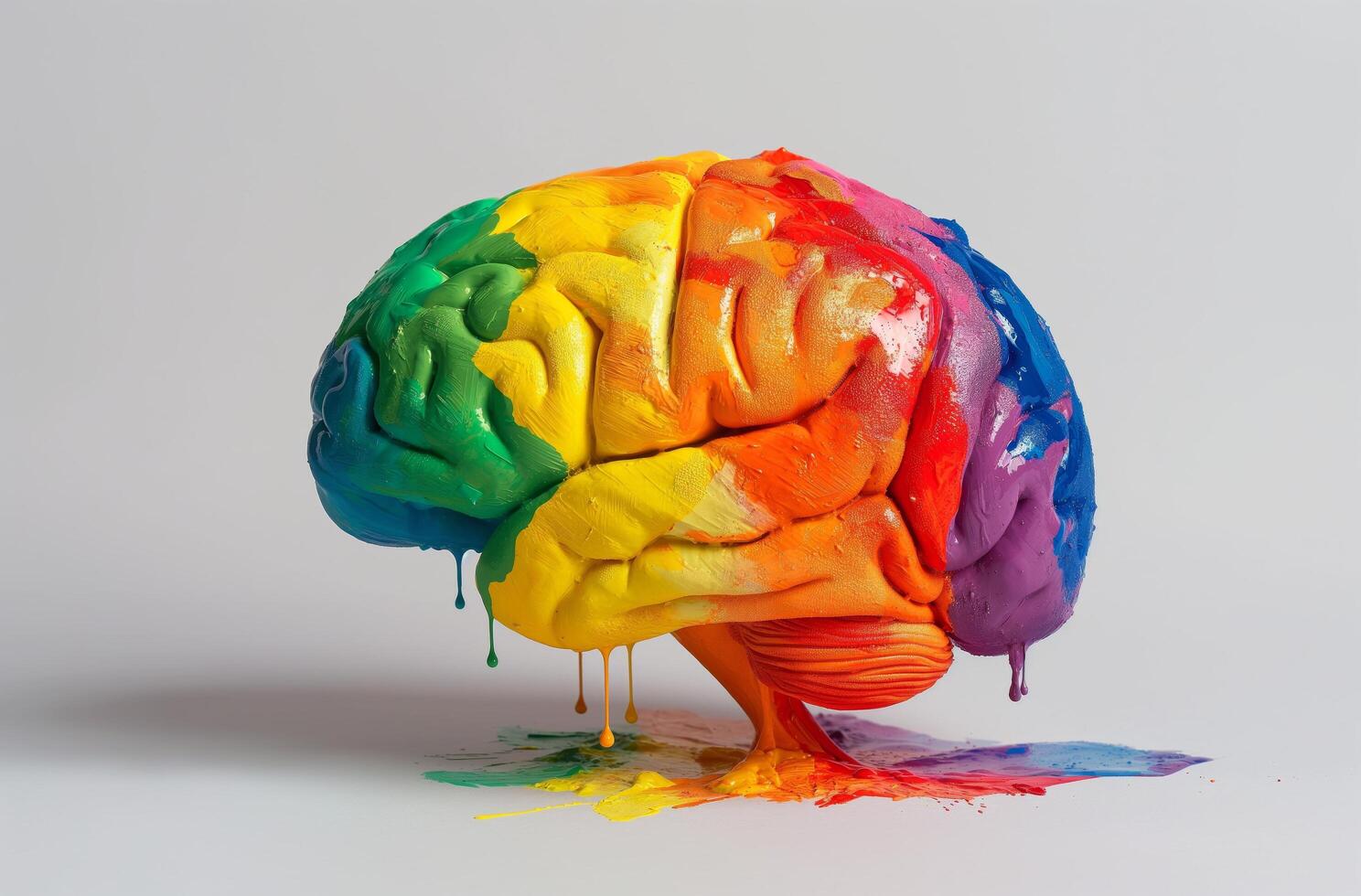Continues after advertising
In the vibrant tapestry of our daily existence, color emerges as an enigmatic protagonist, silently weaving stories that our brain interprets in unique and fascinating ways. As Ana Lucia, with a Ph.D. in Biotechnology and a wealth of experience in scientific and technical writing, I am delighted to be your guide in unraveling the intricacies of color theory and its neurological underpinnings. Drawing on authoritative sources and meticulous research, we will explore how the brain decodes the spectacle of hues surrounding us, influencing our perceptions, emotions, and even decision-making processes.
The work of renowned neuroscientists like Semir Zeki and Bevil Conway has made significant strides in demystifying the complex neurobiology of color perception. Yet, the landscape of our understanding is ever-evolving, opening up intriguing questions and revealing surprising answers. How exactly does our brain translate different wavelengths of light into the vivid panorama of colors we experience? What is the relationship between color and our emotional states?
Continues after advertising
Beyond the realm of science, color perception also finds resonance in the world of art and design, shaping the aesthetics and visual narratives in profoundly influential ways. The groundbreaking work of artists such as Johannes Itten and Josef Albers has illuminated our understanding of color harmony and interaction, giving us a nuanced appreciation of the subtle play of shades and tones in our visual landscape. How has their work impacted our perception of color, and what does this tell us about the brain’s remarkable capacity to interpret and make sense of the world?
Join me as we embark on a captivating journey through the spectrum of color theory, delving deep into the labyrinth of neuroscience, psychology, and art. With each step, we will uncover a kaleidoscope of insights that promise to enrich our understanding and enhance our appreciation of the vibrant world of color that surrounds us. Your engagement in this exploration is not merely valued but vital, as it underscores the importance of collective curiosity in advancing our understanding of this fascinating subject. So, get ready to turn a new leaf and immerse yourself in a world where every color tells a tale. The palette awaits.
Continues after advertising
Understanding Color Theory: How the Brain Interprets Colors Around Us
Color theory is a captivating and complex subject that lies at the intersection of art and science. It explores how colors interact, how they affect one another, and how our brains perceive them. With roots in the works of ancient philosophers, color theory has evolved over centuries, influencing everything from art and design to psychology and marketing.
Color and Our Brains: A Powerful Connection
Our brain’s ability to interpret colors is a fascinating, yet complex, process. When light hits an object, it absorbs some wavelengths and reflects others. These reflected wavelengths enter our eyes, stimulate our retinas, and send signals to our brain, which then interprets these signals as color.
For example, when you see a ripe apple, you recognize its color as red. But in reality, the apple is absorbing all colors of light except for red, which it reflects. This red light stimulates receptors in your eyes, which communicate with your brain, leading you to perceive the apple as red.
The Science Behind Color Perception
It’s not just the physical process that’s interesting. The way our brains interpret and respond to colors has psychological aspects too. Studies have shown that color can influence our mood, behavior, and even physiological responses.
- Blue, for instance, is often associated with calmness and stability. It’s why you might feel more relaxed in a room painted blue.
- Red, on the other hand, is seen as energetic and passionate. It can raise your heart rate, making it a popular choice for advertising and marketing campaigns.
- Yellow is often associated with happiness and optimism, while green can evoke feelings of tranquility and health.
These are general associations, of course, and individual responses to color can vary greatly. Our experiences, cultural backgrounds, and personal preferences can all influence our perception of color.
Color Theory in Everyday Life

Understanding color theory can have practical applications in our daily lives. For example, knowing how colors can influence mood might help you decide what color to paint your bedroom or office.
Designers and artists use color theory to create visual harmony, evoke specific emotions, and guide the viewer’s eye. Marketers use it to brand products and influence consumer behavior.
The Power of Color: Beyond the Visible
While we might take the ability to see and interpret color for granted, it’s a complex process that involves both our eyes and our brains. And the power of color goes beyond what we see. It can influence our mood, our responses, and even our decisions.
So next time you’re admiring a sunset, choosing a paint color, or deciding what to wear, remember the fascinating science of color theory. It’s a reminder of the intricate ways our brains work, and the subtle yet powerful ways color can influence our lives.
Have you ever thought about how color influences your life?
Consider your favorite clothing, the design of your home, or even your favorite websites. How do the colors make you feel? What do they say about your personality or preferences? Color theory is all around us, impacting our decisions and perceptions more than we might realize.
Conclusion
In conclusion, understanding color theory and the brain’s interpretation of colors around us is of paramount importance in a myriad of fields, particularly in marketing and advertising. The judicious use of colors can elicit specific emotional responses in consumers, influencing their behavior and ultimately driving their purchasing decisions. Colors possess the power to draw attention, evoke emotions, and even influence perceptions and attitudes towards a particular brand or product.
A well-executed color strategy in advertisements can significantly enhance the value of the ads, increase brand recognition, and boost sales. It’s worth noting that individual perception of color can be subjective, influenced by personal experiences, cultural background, and even physiological differences. Therefore, the art and science of employing color theory in advertising should always consider the target audience and the message that the brand aims to convey.
As we have seen, color is not just a mere aesthetic element, but a powerful communication tool. The fascinating interplay of neuroscience, psychology, and color theory underscores the complexity and richness of our visual experiences, and the profound ways in which colors can shape our everyday decisions.
So, as you navigate the world around you, pay close attention to how colors influence your emotions, behaviors, and decisions. What colors draw you in, and why? Which ones do you associate with trust, excitement, or tranquility? How do the colors in an advertisement influence your perception of the product or brand?
It is my hope that this detailed exploration of color theory has not only expanded your knowledge but has also given you a fresh perspective on the colorful world around us. After all, understanding the subtleties of our brain’s color interpretation allows us to appreciate the true depth of our visual experiences.
Remember, color is more than meets the eye. It is a language, an emotion, a persuasion. And with a deeper understanding of color theory, you are now better equipped to interpret and harness the power of colors around you, whether it be in marketing, design, art, or everyday life. As we journey through the spectrum of colors, may we never cease to be captivated by the profound language of colors that our brain speaks. Thank you for taking the time to read this article, and I look forward to engaging with your thoughts and insights on this captivating subject.

